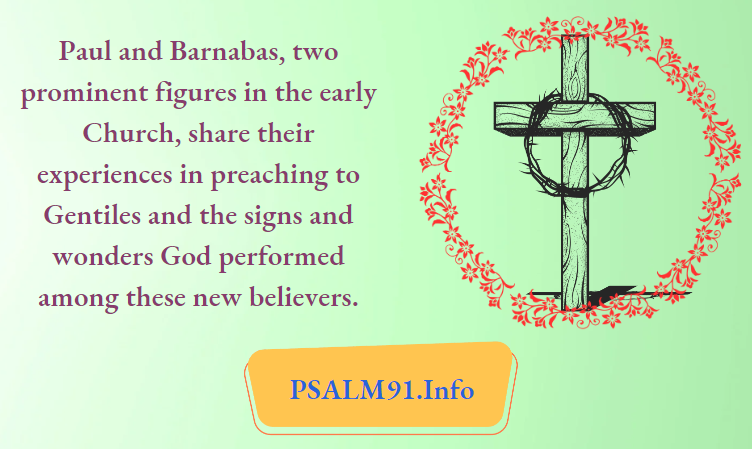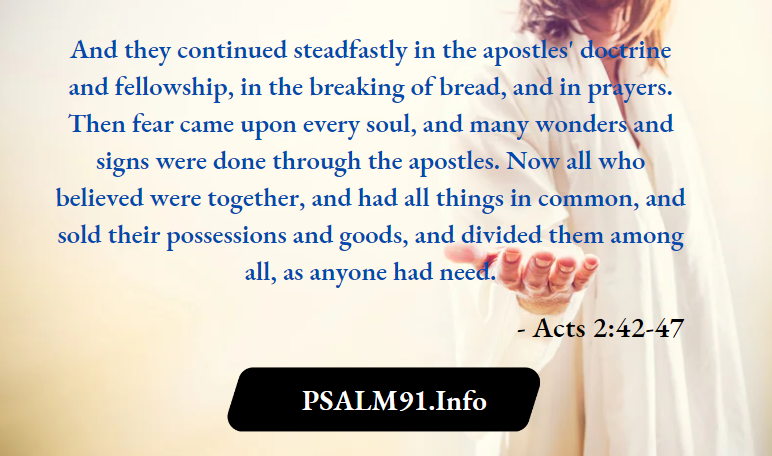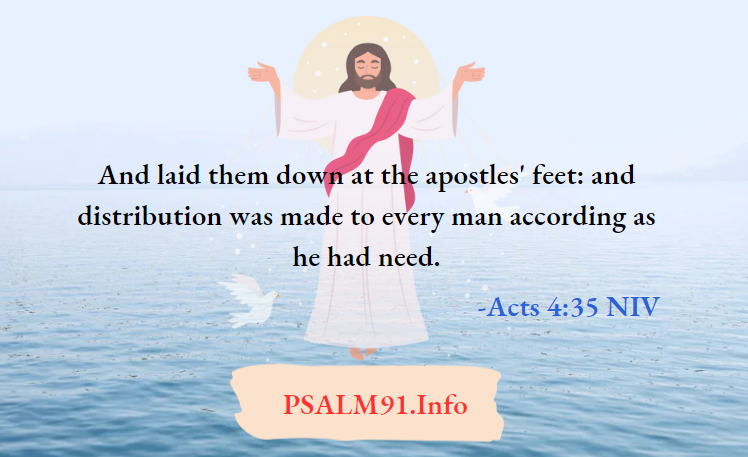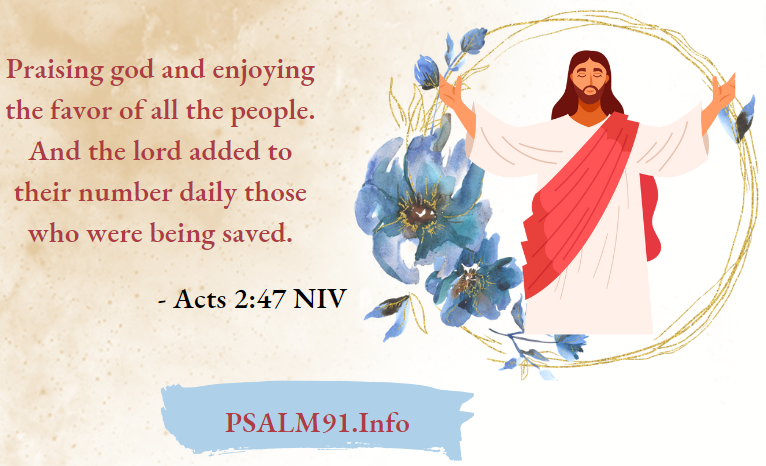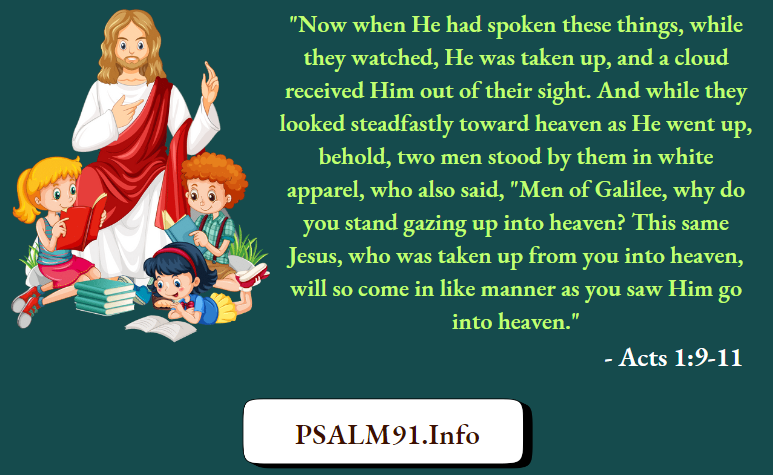Lesson 9 Paul’s Missionary Journeys (Acts 13-21)
Paul’s Call And First Journey
The story of Paul’s call and his transformation is a remarkable testament to the redemptive power of Christ. Before his conversion, Paul, known as Saul, was a Pharisee who fervently persecuted Christians.
However, his life took a dramatic turn when he encountered the risen Christ on the road to Damascus.
The blinding light and the voice of Jesus revealed His divine calling to Saul, who became a fervent follower of Jesus and received a commission to be an apostle to the Gentiles.
This extraordinary transformation highlights the depth of God’s grace and the potential for change in even the most ardent opposers of the Gospel.
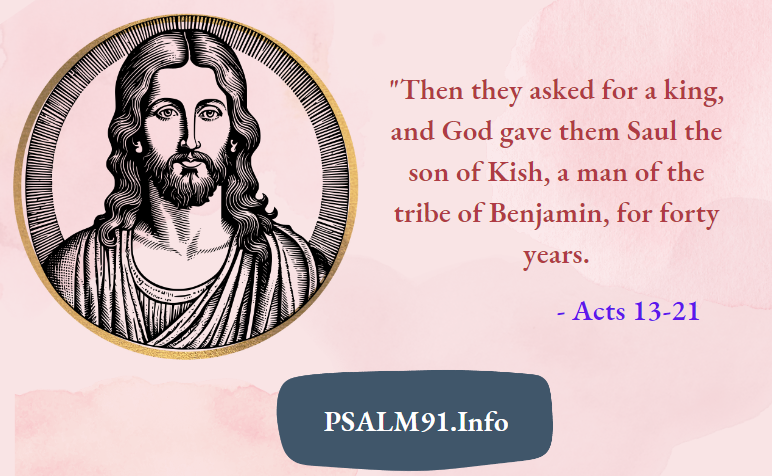
The Sending Of Paul And Barnabas:
The church in Antioch, under the guidance of the Holy Spirit, played a pivotal role in the beginning of Paul’s missionary journey. Recognizing God’s call on Paul and Barnabas, the church set them apart for this mission.
The laying on of hands and prayers marked a significant moment in the life of the church, demonstrating their commitment to supporting and sending these messengers of the Gospel.
This act signifies the importance of the local church in affirming and enabling missions and serves as a model for modern believers in equipping and supporting missionaries.
Journey To Cyprus:
Paul and Barnabas embarked on their first missionary journey by traveling to Cyprus. Here, they took the first steps in proclaiming the Gospel beyond the familiar territories of Jerusalem and Antioch.
During this journey, they encountered opposition from a Jewish false prophet but also experienced success when they converted the Roman proconsul, Sergius Paulus.
This initial venture signifies the essential nature of taking the Gospel to new frontiers, both geographically and culturally, and exemplifies the trials and triumphs that often accompany mission work.
Preaching In Pisidian Antioch:
In Pisidian Antioch, Paul and Barnabas found an opportunity to share the Gospel when they were invited to speak in the synagogue. Paul’s sermon here outlines the history of salvation and God’s plan for the Gentiles.
Their message elicited a variety of reactions, demonstrating the mixed responses that can accompany the proclamation of the Gospel. This episode highlights the importance of contextualizing the message for the audience and dealing with diverse responses, whether of acceptance or opposition.
Expanding To Iconium And Lystra:
Paul and Barnabas continued their journey, facing both positive and negative reactions to their message. In Iconium and Lystra, they encountered unique challenges, including the healing of a man who had been lame from birth.
Their miraculous acts led the local people to believe they were gods. Despite the diverse responses and challenges, they persevered in their mission to share the Gospel. This part of their journey illustrates the tenacity and faith required in missionary work, along with the need to adapt to different cultural contexts.
Return To Antioch:
Paul and Barnabas eventually returned to Antioch, where they reported on their journey to the church. Their sharing of the success and challenges they encountered served as a source of encouragement and rejoicing for the Antioch church.
This practice of reporting back to the sending church highlights the importance of communication and partnership between those sent on mission and the supporting community. It fosters a sense of shared responsibility and unity in the mission of spreading the Gospel.
Paul’s Call And First Journey Application In Modern Life:
The story of Paul’s call and his first missionary journey serves as a powerful example of obedience to God’s calling and the importance of spreading the Gospel to new frontiers.
It challenges modern believers to be open to God’s call in their lives and to take bold steps in sharing the Gospel with those who have not heard.
Paul’s journey demonstrates the transformative impact of missionary work in reaching diverse communities with the message of Christ, emphasizing the potential for profound change in the lives of both missionaries and those they reach.
This lesson should inspire participants to reflect on Paul’s dramatic call and the beginning of his missionary journey, emphasizing the importance of discerning God’s calling and boldly sharing the Gospel in diverse contexts. It should also prompt discussion on practical applications in modern Christian missions and evangelism.
The Spread Of The Gospel And Church Planting
Overview Of Paul’s Missionary Strategy:
Paul’s approach to spreading the Gospel and establishing new churches was marked by a profound reliance on the Holy Spirit, a commitment to prayer, and the unwavering support of fellow believers. This strategy emphasized the importance of contextualizing the message for different audiences.
His methods serve as a blueprint for modern missionaries and evangelists. Paul’s approach was not driven by human effort alone but was grounded in dependence on the leading of the Holy Spirit, reflecting the divine partnership that fuels successful missions.
Ministry In New Regions:
Paul’s missionary journeys took him to a range of cities and regions, each with its unique cultural and religious context. Whether in Cyprus, Pisidian Antioch, Iconium, Lystra, Derbe, or other locations, he effectively engaged with both Jewish and Gentile audiences.
His message was tailored to the specific context, resulting in the growth of the early Church in diverse regions. Paul’s ministry exemplifies the importance of cultural sensitivity and adaptability in sharing the Gospel with different communities.
Planting And Strengthening Churches:
In each location Paul visited, his focus was on planting new Christian communities and congregations. His approach involved not only proclaiming the Gospel but also appointing leaders, such as elders, within these churches.
This investment in local leadership provided guidance and support for the spiritual growth of these communities. It reflects the enduring principle of church planting and nurturing that remains foundational for modern mission work.
The Challenges Of Opposition:
Paul and his companions faced significant opposition throughout their missionary journeys. Their adversaries included Jewish leaders, hostile crowds, and those who were resistant to the Gospel message.
The challenges they encountered included persecution, threats, and physical harm. Despite these obstacles, the Gospel continued to spread, illustrating the resilience and determination required in the face of opposition.
This aspect of Paul’s ministry underscores the need for modern missionaries and evangelists to expect and address opposition in their efforts to spread the Gospel.
The Impact Of Paul’s Ministry:
The enduring impact of Paul’s missionary work is evident in the growth and expansion of the early Church. New believers were added to the Christian community, and churches were established in diverse cultural contexts.
The foundational principles of contextualized evangelism, leadership development, and the unwavering reliance on the Holy Spirit continue to influence modern missions and church planting efforts.
Paul’s ministry shaped the trajectory of early Christianity and continues to serve as an inspiration for believers engaged in similar endeavors today.
The Spread Of The Gospel And Church Planting Application In Modern Life:
Paul’s approach to missionary work and church planting provides valuable insights for contemporary Christians involved in evangelism and missions.
It challenges modern believers to adapt their message and strategies to effectively reach diverse communities and contexts. Paul’s ministry reminds us of the enduring power of the Gospel to transform lives and establish vibrant Christian communities.
His example encourages modern missionaries to depend on the guidance of the Holy Spirit, engage with cultural sensitivity, invest in local leadership, and remain resilient in the face of opposition as they continue to spread the Good News of Jesus Christ.
This part of the lesson should inspire participants to consider Paul’s missionary strategy, the challenges he faced, and the enduring impact of his ministry. It should also encourage discussion on how modern Christians can adapt their approach to evangelism and missions and persevere in spreading the Gospel to diverse communities.
Challenges And Perseverance
The life and ministry of the Apostle Paul were marked by numerous challenges and hardships during his missionary journeys. These adversities included significant opposition from religious leaders, hostile crowds, and physical dangers.
The heart of Paul’s story lies in his unwavering perseverance in the face of adversity, serving as a powerful example for believers today.
Hostility From Religious Leaders:
Paul’s preaching, which boldly proclaimed Jesus as the Messiah and Son of God, often provoked strong opposition from Jewish religious leaders who were resistant to the Gospel message.
These leaders questioned his teachings and sought to undermine his credibility. Paul’s response to this relentless opposition was a testament to his unwavering commitment to sharing the Gospel, even when it challenged the religious status quo.
Persecution From Hostile Crowds:
In various cities, Paul and his companions faced angry and hostile crowds that threatened violence and disorder. These crowds frequently stirred up opposition and falsely accused the missionaries.
Despite these perilous situations, Paul’s determination to continue preaching remained unshaken, and he found support from fellow believers who rallied around him during such incidents.
Physical Dangers And Hardships:
Paul’s missionary journeys involved not only intellectual and spiritual challenges but also physical dangers and hardships. He endured arduous travel, exposure to the elements, and the constant risk of physical harm.
His hardships included imprisonment, beatings, and even shipwrecks. Throughout these trials, Paul exhibited unwavering resilience and a deep commitment to his mission of spreading the Gospel.
Lessons In Perseverance:
The challenges and adversity faced by Paul offer valuable lessons in perseverance and faithfulness. His example of enduring in the face of trials serves as an enduring inspiration to modern believers.
The lessons from Paul’s life emphasize the pivotal role of prayer, the support of the Christian community, and the indwelling of the Holy Spirit in sustaining perseverance in the midst of adversity.
The Enduring Impact:
Despite the numerous challenges he encountered, Paul’s missionary journeys contributed significantly to the growth of the early Church. New believers were added, and churches were established in various regions, transforming lives and communities.
The enduring impact of Paul’s ministry stands as a testament to the rewards of perseverance in the spread of the Gospel.
Challenges And Perseverance Application In Modern Life:
Paul’s experiences provide contemporary Christians with profound lessons on how to persevere in sharing the Gospel, even when facing opposition and hardships.
His life challenges modern believers to endure in their faith and mission work, trusting in the faithfulness of God to carry them through trials. Paul’s life exemplifies the transformative power of unwavering commitment to the mission of Christ and the enduring impact of perseverance in the face of adversity.
This part of the lesson should inspire participants to reflect on the challenges and perseverance of Paul during his missionary journeys, emphasizing the importance of unwavering commitment to the mission of Christ.
It should also encourage discussion on how modern Christians can draw inspiration from Pauls’s example and support missionaries and evangelists who face adversity in their work.

